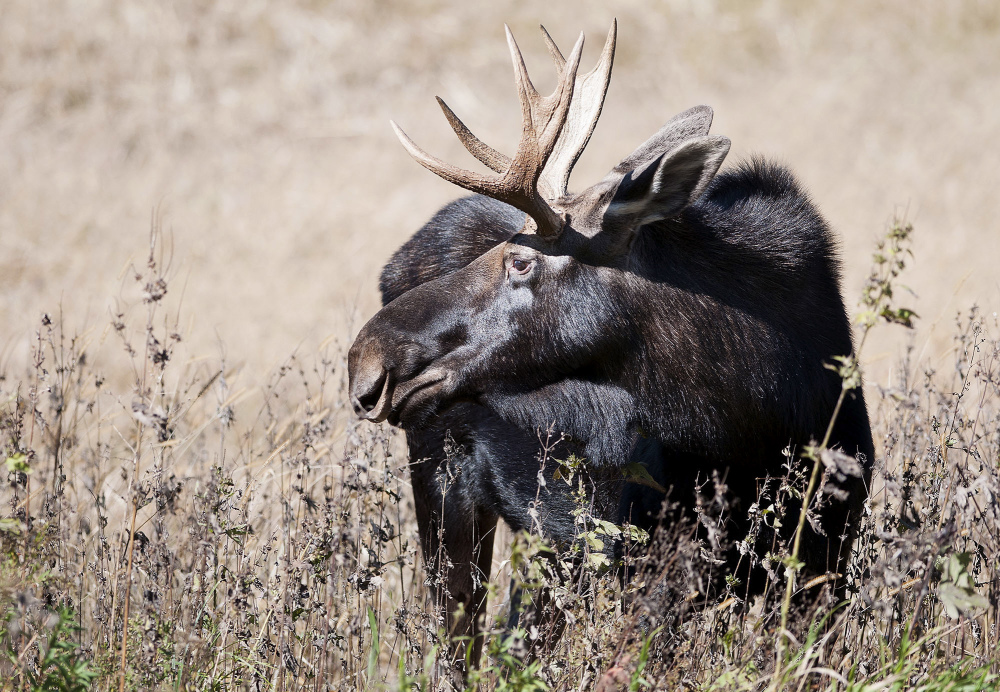TRAVERSE CITY, Mich. — Federal officials said Thursday they will consider extending protections under the Endangered Species Act to moose in four upper Midwestern states, including Minnesota, where the hulking symbol of its northern woodlands has suffered a steep population decline in the past decade.
The U.S. Fish and Wildlife Service said a petition submitted last year by two environmental groups had provided “substantial scientific or commercial information” that might justify designating the region’s moose as endangered or threatened. The finding triggers a more detailed study, beginning with a 60-day period in which the public can submit information and comments.
The investigation deals only with moose that roam the forests and prairies of Minnesota, Michigan’s Upper Peninsula, North Dakota and Wisconsin.
“The Endangered Species Act is the best tool we have to prevent extinction of our moose,” said Collette Adkins, a biologist and attorney with the Center for Biological Diversity, which filed the petition with another group, Honor the Earth. “I’m saddened that moose are in such big trouble that they need the act’s protection but relieved that help is likely on the way.”
Listing the moose under the act would make it illegal to hunt them and could produce habitat protections and federally funded research on their plight.
The situation is especially grim in Minnesota, which has the region’s largest moose population. The total in the thickly wooded northeast, their historical stronghold, is estimated at roughly 4,000 – down more than 50 percent since 2006. Glenn DelGiudice, moose project leader with the state’s Department of Natural Resources, said further declines are expected.
Scientists said the drop-off has a number of likely causes, including parasites, disease and wolf predation. The environmental groups also blame a warming climate.
Send questions/comments to the editors.



Comments are no longer available on this story